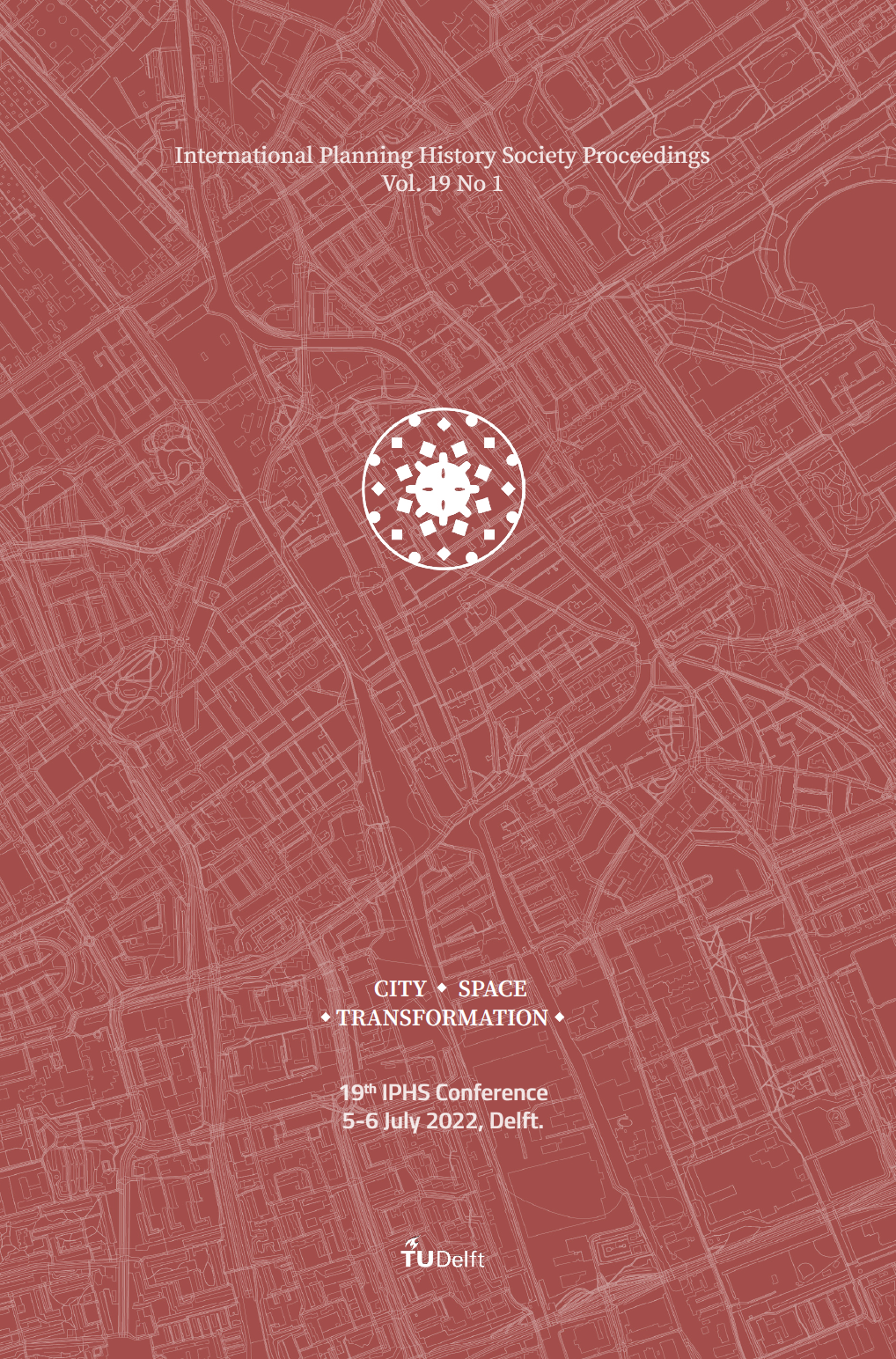REVERSE ARCHITECTURE AND DIGITAL TWIN IN OPEN STANDARD FOR THE TRANSFORMATION OF HERITAGE BUILDINGS
Pilot project: the Simplon-Orient-Express station in Vallorbe, Switzerland
DOI:
https://doi.org/10.7480/iphs.2022.1.6513Abstract
Heritage buildings linked to important infrastructural projects present a specific set of architectural design challenges for their conservation and reuse. While storing valuable forms of cultural knowledge, they are not yet encompassed within current debates and methods on Building Information Modeling (BIM), their complex geometry defies standard forms of 3-D representation, and the planning documentation over their life-span has frequently been neglected or overlooked. The functional capacity of, for example, railway stations, must also be maintained at the same time as ongoing social and technological transformation takes place within their regional, national and international contexts.
This paper argues for a combination of different digital tools in the documentation, maintenance and transformation of heritage buildings, and discusses in detail the innovative, pioneering methods of constructing a “digital twin” of the Vallorbe railway station in Switzerland, built in 1913 to accommodate the Istanbul- London Orient Express. Designed to accompany successive phases of the building’s life-span, such digital models themselves can become long-term conservers of architectural history. Rather than an automatic process, digital twin construction requires a particular set of architectural skills, representing a new form of digital craftsmanship, which, when using open formats, can guarantee a sustainable, transnational transmission of planning practices.


